Castor oil plant
Weed Habitat
- Native to Asia and Africa, Castor oil plant is now commonly found along roadsides and on disturbed or cleared land. Prefers creeks and river banks, especially where sand and silt has been deposited by floods.
- Highly toxic
Description
- Branching perennial shrub, 3-4 m with a spread of 2 m.
- Stems are hollow, dull pale-green or tinged with red.
- Palmate leaves up to 30cm wide, glossy dark reddish-green when young, glossy green when mature, divided into 7-9 roughly triangular segments each with a prominent central vein spreading out from the end of the leaf stalk, finely-toothed margins. Emit unpleasant odour when crushed.
- Small red-green flowers in spikes on the upper stems.
- Fruit are capsules, 1.5-2.5 cm long, with soft, green or red spines, divided into 3 sections with one mottled, smooth seed per section. When ripe the fruits explode and can spread the seed several meters.
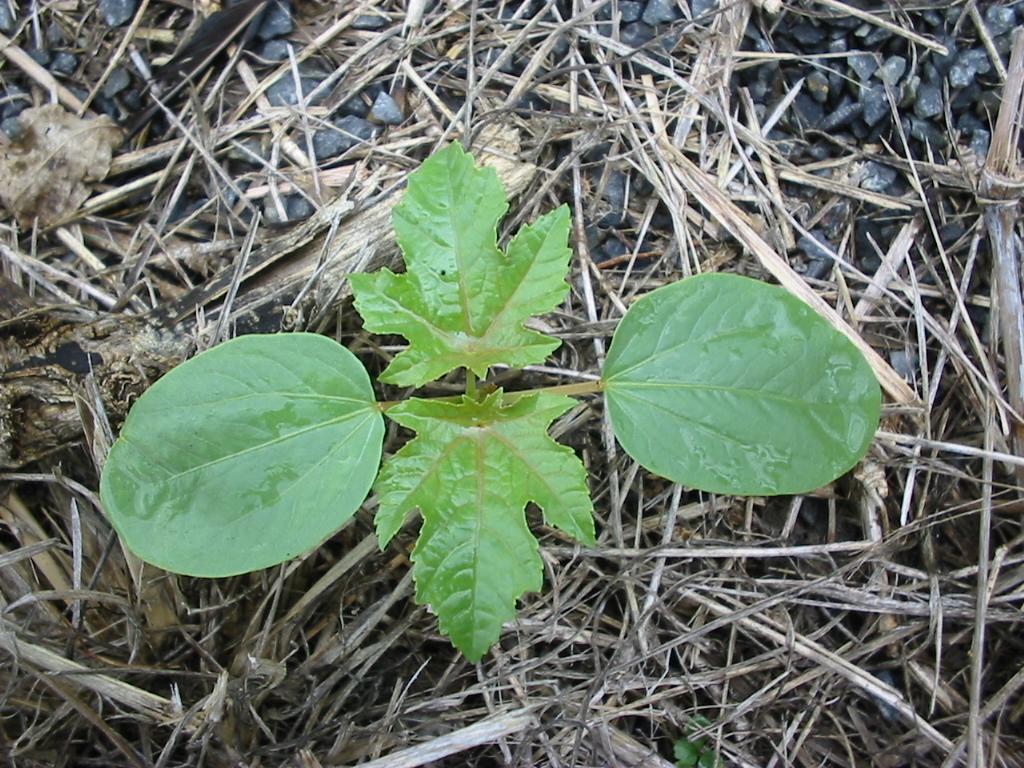
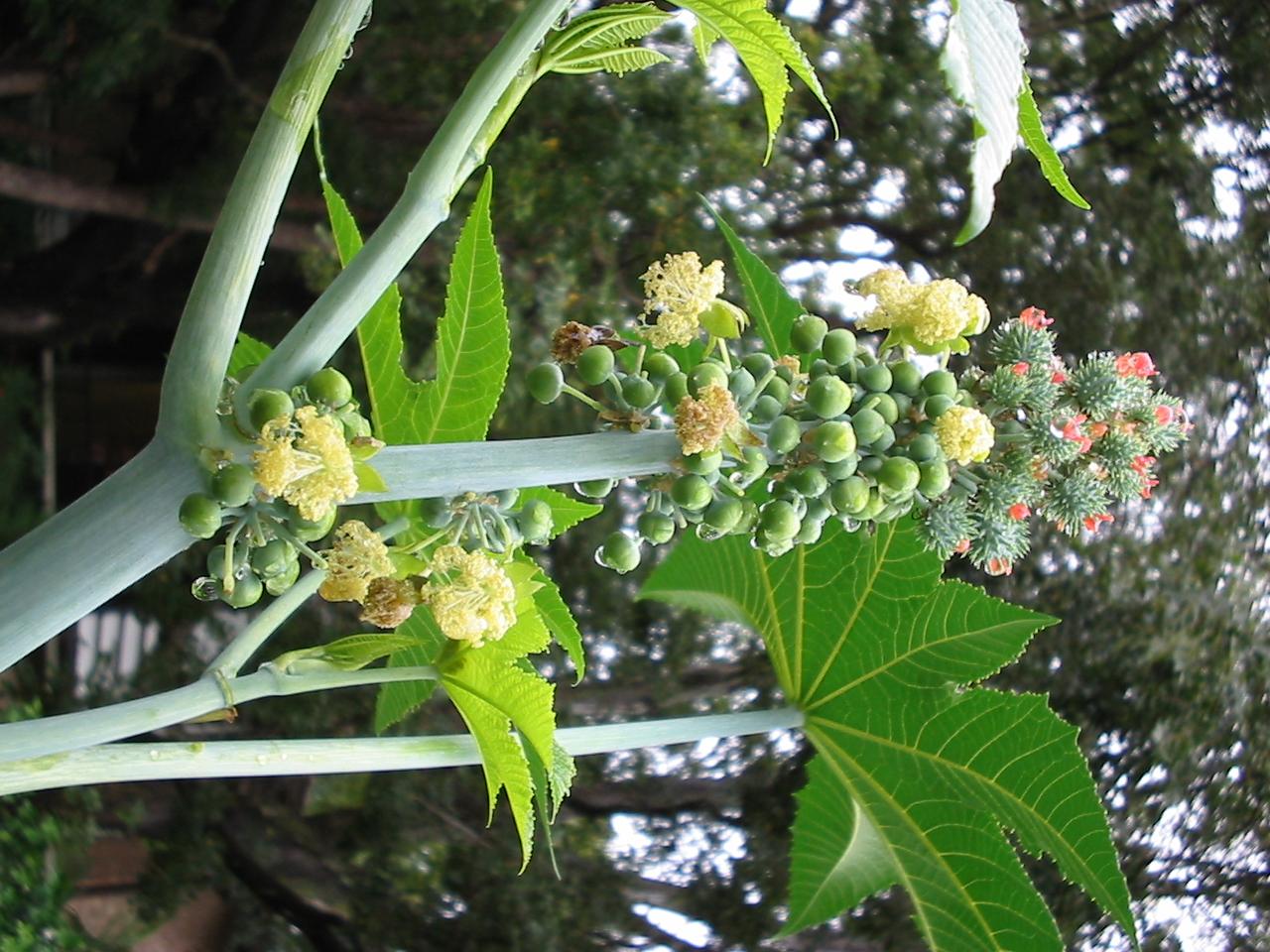
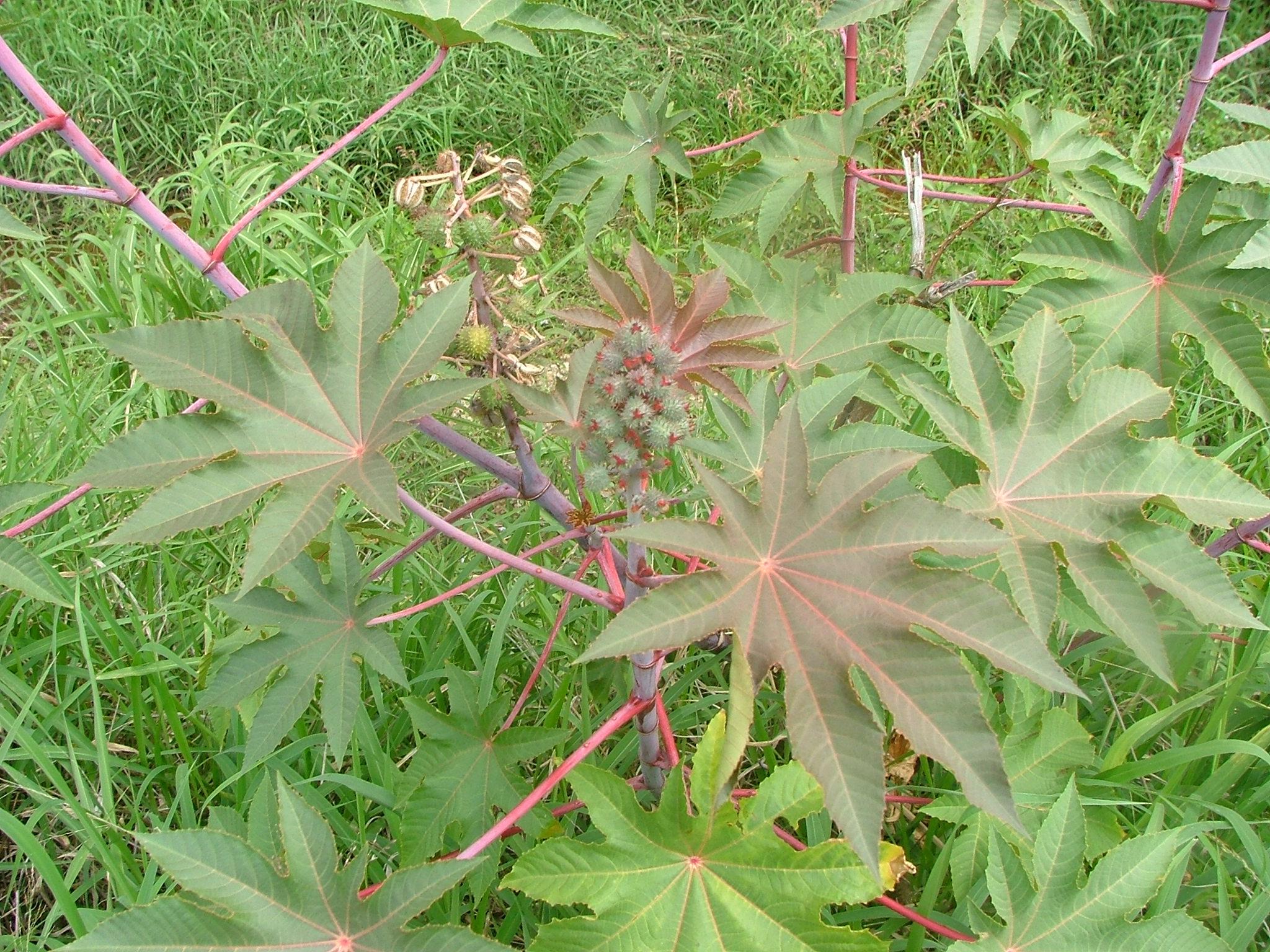
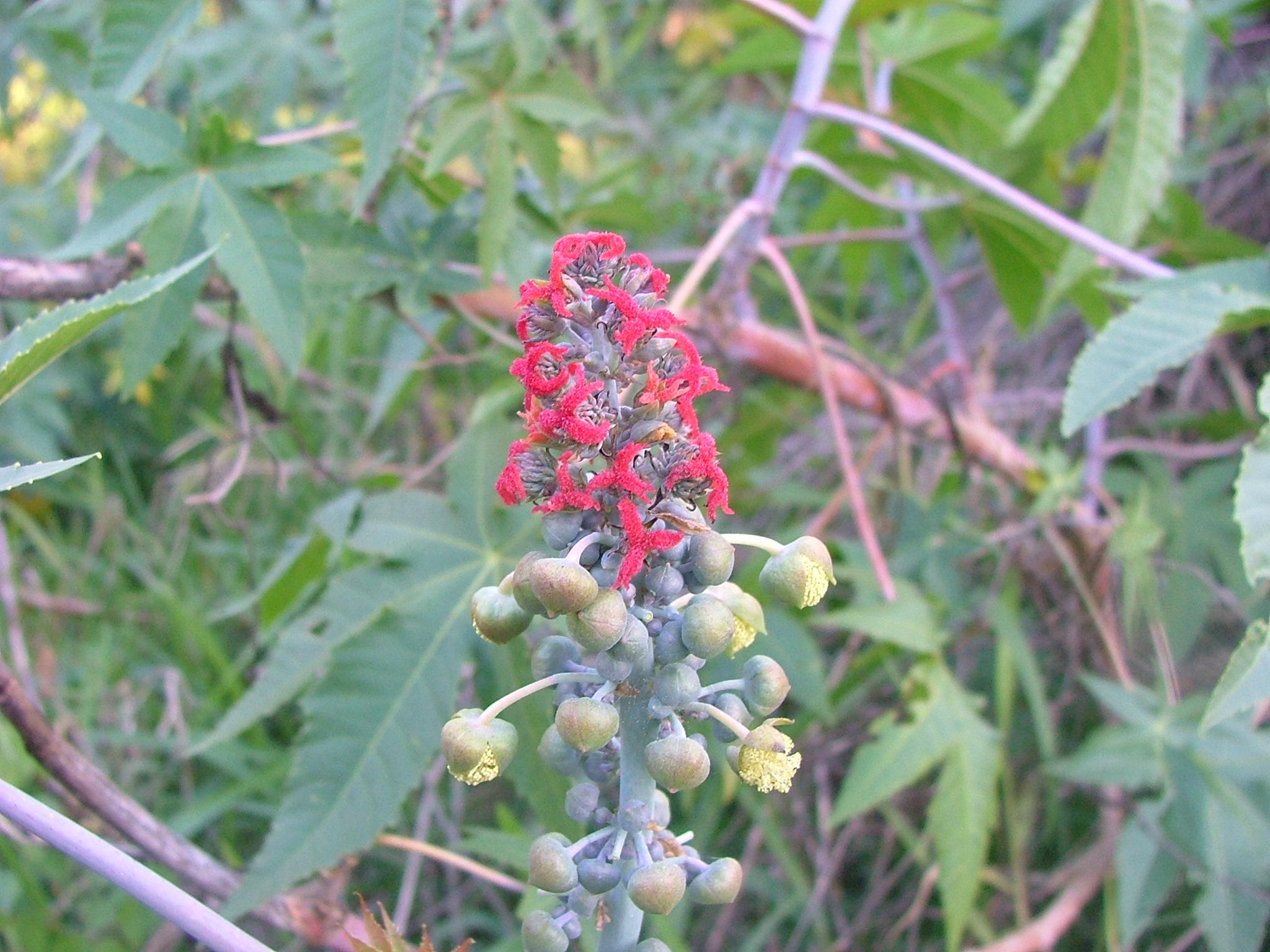
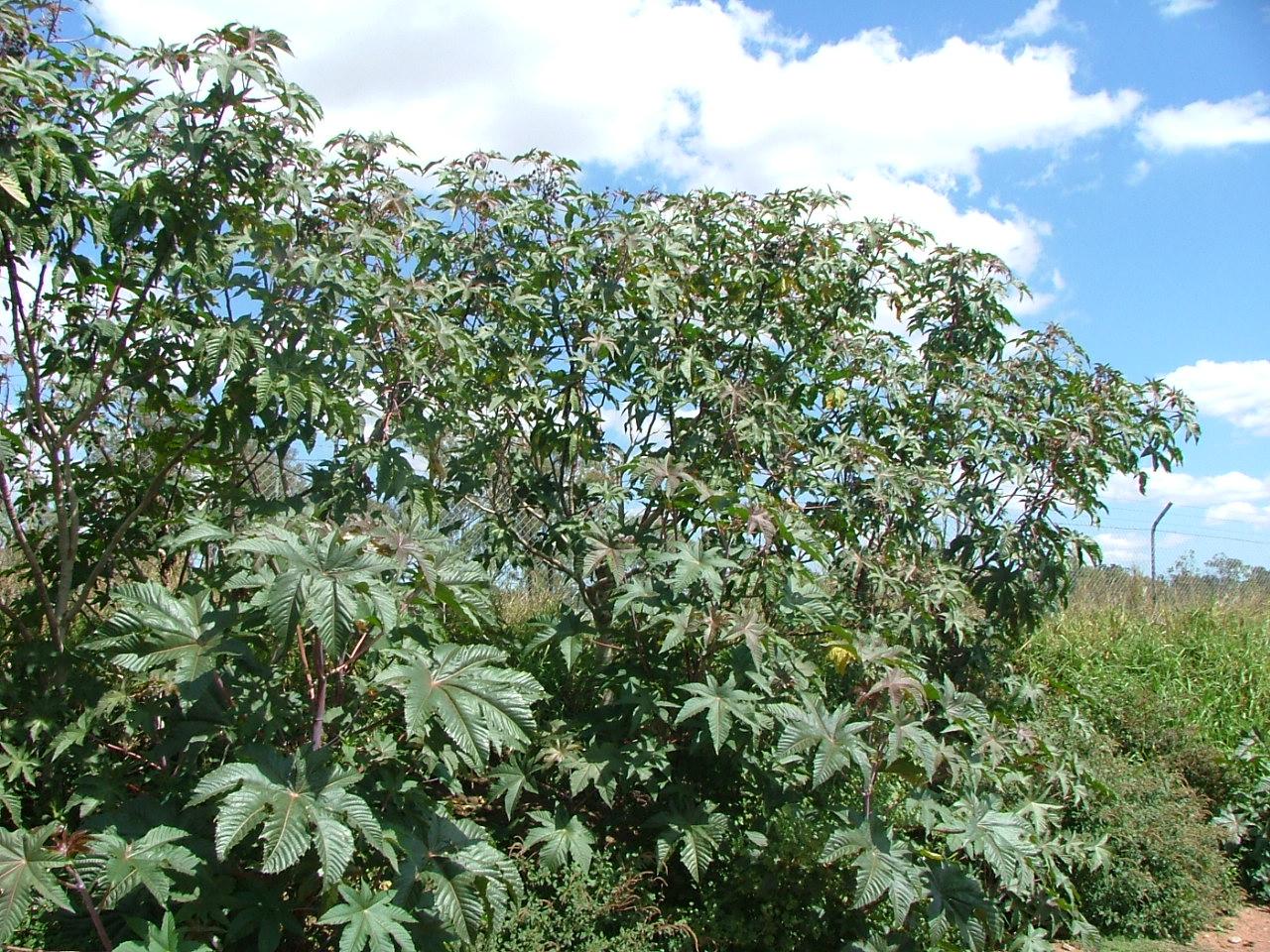
Plant Type
Leaf Arrangement
Other weed identifiers
Plant Life Cycle
Weed Declaration
Currently not declared however under the Biosecurity Act 2014 you still have an obligation to prevent or minimise a biosecurity risk posed by a pest.

